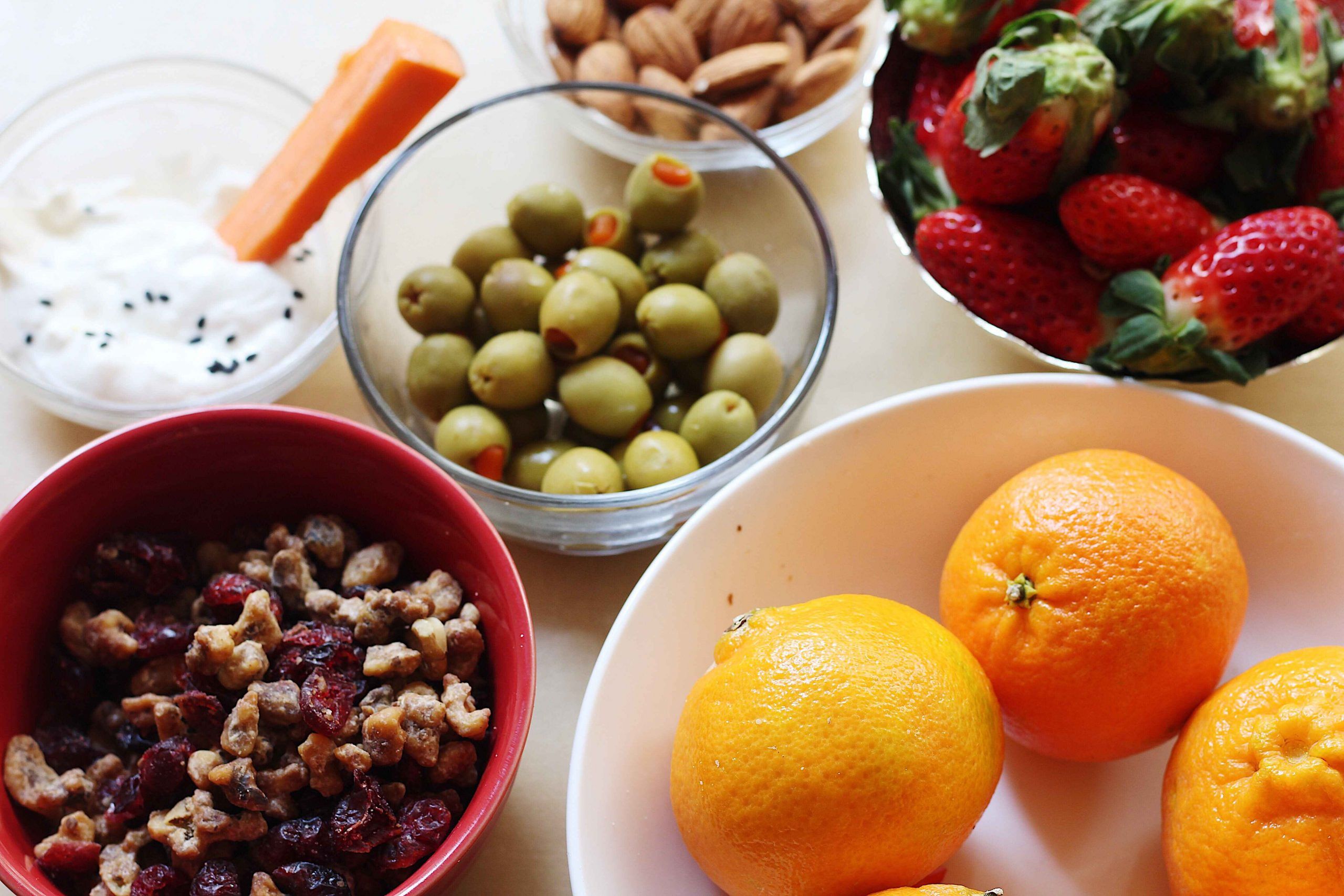Global Foods Crisis, World Food Program Could be the Solution

The global pandemic has brought to the world striking issues on economic and social issues between countries. One of them is food supply and the ability of countries to produce food. While the global food crisis has been one of the more pressing humanitarian issues in the past decade, the recent COVID-19 pandemic exacerbated its effects.
In Indonesia, threats to food security can be felt among disadvantaged populations in some areas. These are areas whose residents are affected by the increasing number of laid-off workers and declining incomes in the self-employment sector or the production of goods and services. According to the Central Statistics Agency (BPS), this year, the number of Indonesians considered poor will reach 26.16 million people, or 9.54% of the total population. Their ability to purchase food will be severely affected and will cause them to be unable to meet their nutritional needs.
The United Nations (UN), along with organizations such as the Food and Agriculture Organization (FAO) and the World Food Programme (WFP), warned that without humanitarian assistance, more than 43 million people in 38 countries around the world are at risk of falling into hunger or famine-like conditions. The impact has already affected the world’s population, with the UN reporting that the share of the global population not getting enough food has increased from 8.4 percent to 9.9 percent in one year.
The World Food Program (WFP) has been warning countries about the threat of food security while assisting more vulnerable countries with their hunger crisis. As a humanitarian organization, WFP focuses on providing food assistance in emergencies and working with communities to improve nutrition and build resilience.
How WFP anticipates the food crisis
The World Food Programme’s efforts to reduce the threat of food crises are backed by their background experience in buying and distributing food in 80 countries around the world. They have seen the problems that can arise with food supply chains to the problems countries face in producing and obtaining food.
Looking at the state of the world, WFP states that up to 828 million people are chronically hungry, indicating that something is wrong in the food system. This observation rings true as the United Nations reports that in terms of production, between 2000 and 2019, there was a 53 percent increase for primary food crops that include sugarcane, corn, wheat and rice. While production of other food commodities such as palm oil doubled and meat production increased by 44 percent, reaching 337 tons. However, despite these increases in food production, nearly 8.4 percent of the world’s population still went hungry in 2019, rising to 10 percent in 2020.
The food system, according to the WFP, is the network needed to produce and transform food, and ensure it reaches consumers, which currently does not meet the needs of most people. The three main problems facing the food system according to WFP are the last mile problem, the “bad” year problem, and the “good” year problem. The last mile problem refers to the fact that most hungry people, according to WFP, are geographically, economically, socially, and politically isolated and difficult to reach. Creating a situation that even when nutritious food is available, it is often too expensive and unaffordable.
The issue of “bad” years and “good” years refers to circumstances of storage capacity failure and price increases or decreases. During a “bad” year or poor season when there is crop failure or lean months between harvests, both urban and rural areas lack the resources to meet their food needs, leading them to take coping measures such as eating less and less nutritiously. While in “good” years when harvests are plentiful, the problem is inadequate capacity to store, market and transport surplus food causing food prices to fall. This forces farmers to sell their crops at a premium when demand is highest and leads to some food being wasted and spoiled.
Resolving these issues, according to WFP, can help reduce the threat of a looming food crisis. Another way WFP helps mitigate food crises is by collaborating with governments to strengthen partnerships, coordination and capacity to improve responses to possible natural disasters or climate change. They also help advocate and promote healthy living tips, and stunting prevention to families and communities in running each program so as to achieve the specified targets.
Indonesia’s strategy to maintain food security
Following WFP’s cue, the Indonesian government has taken steps to maintain the nation’s food security. Last year, the Indonesian government won an award for independently meeting the nation’s rice needs, indicating that Indonesia is on the right track to realizing food sovereignty and food security. Going forward, the government will continue to make efforts to boost food security through various strategies and policy mixes.
“Food security is not only a priority but also a target for the welfare and equity of the community. The government has formulated and implemented policies to strengthen national food security,” said Coordinating Minister for Economic Affairs, Airlangga Hartanto.
Minister Airlangga Hartanto said that in terms of financing, the government assists farmers in achieving food security goals by providing People’s Business Credit (KPR). This financing assistance can be accessed by agricultural sector players with an interest rate of only 3 percent until the end of 2022.
In addition, the government is also taking action on local food by increasing the production of corn, sorghum, sago, and cassava through land expansion and opening new areas to increase production as an alternative to imported food. On the agricultural side, the government has reformed the subsidized fertilizer policy by limiting the distribution of subsidized fertilizers to nine main commodities: rice, corn, chili, soybeans, shallots, garlic, sugarcane, cocoa, and coffee. The fertilizers distributed are urea and NPK fertilizers.
